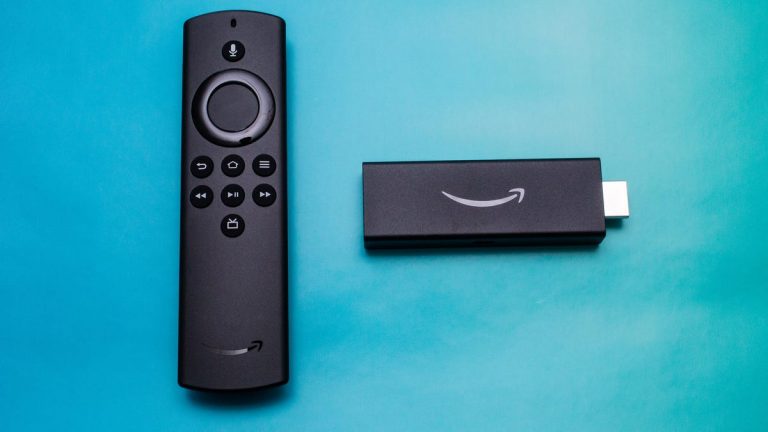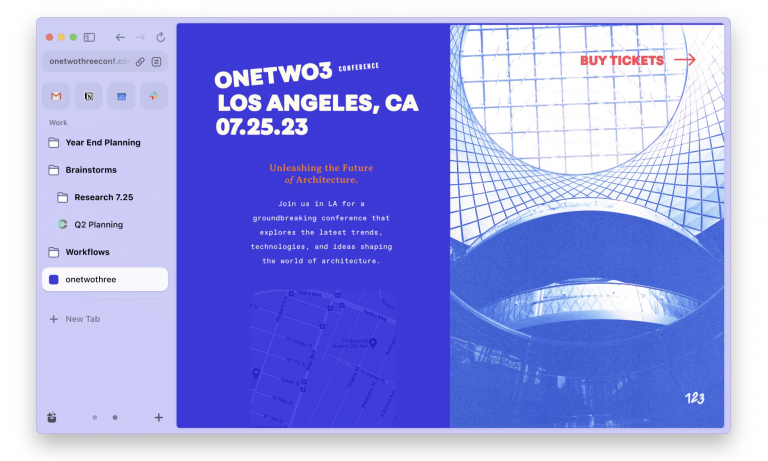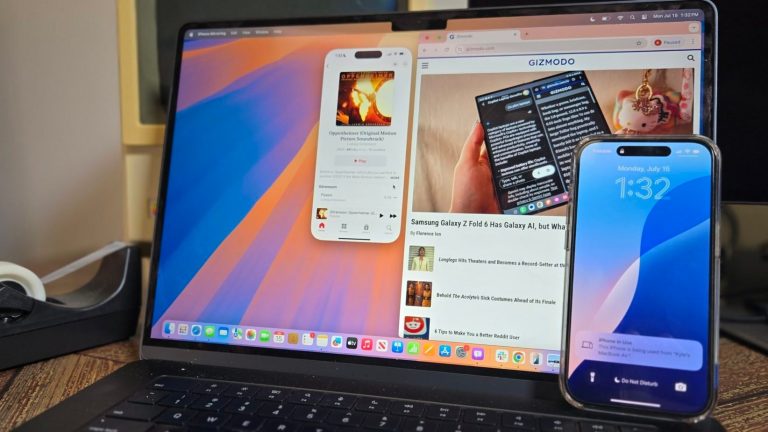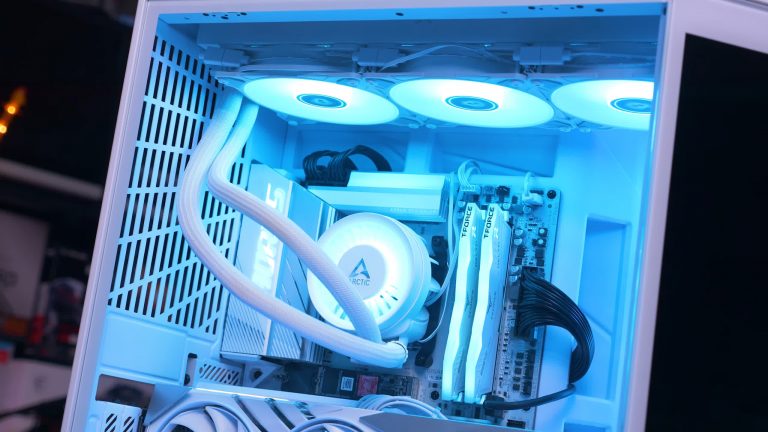Unraveling the ‘Ceraluminum’ Mystery: Asus Zenbook S 14 Review and Insights

I’ve gotta say, the weirdest laptop gimmick I’ve seen this year has to be Asus’ “ceraluminum”. It’s a made-up term for their new material, and I was convinced it was just more tech jargon nonsense. But then I saw the Zenbook S 14’s specs – 3K OLED touchscreen, 72 Whr battery, WiFi 7, and more – and suddenly that fancy material started to intrigue me.
So, what’s ceraluminum? Apparently, it’s a blend of ceramic and aluminum materials. Yeah, I’m not exactly sure what’s so revolutionary about that, but hey, it does make the laptop’s backplate tougher and lighter. Each one has a minutely unique texture, which is kinda cool, but don’t get too excited – it’s not like each new Zenbook is bespoke or anything.
I picked up the Zenbook S 14, typed on it, gave it a flip, and it immediately felt like a machine I could use daily. The design is sleek, the texture is crisp, and the separated panels look sharp. It’s hard to say if it’ll live up to its promise in testing, but first impressions are good.
Of course, the real hype is around the next-gen laptops, specifically those rocking Intel’s Lunar Lake chip. We’re talking bigger gains in battery life, better performance, and the works. Laptops like Dell’s XPS 13 and Acer’s Swift 14 AI are all promising 20+ hour batteries, and that’s what has me excited. The Zenbook S 14 might not be as flashy, but it’s got some solid specs to back it up.
Now, I know what you’re thinking – what’s the price tag? The Intel Core Ultra 7 256V version starts at $1,400 with 16 GB of RAM, while the Core Ultra 7 258V with 32 GB of RAM comes in at $1,500. Yeah, it’s not exactly cheap, but hey, this is a premium laptop we’re talking about.
The final verdict? The Zenbook S 14 feels premium, it’s thin and light, and it’s got some serious specs to back it up. It might not be the most innovative laptop out there, but it’s definitely one that’s worth considering.






